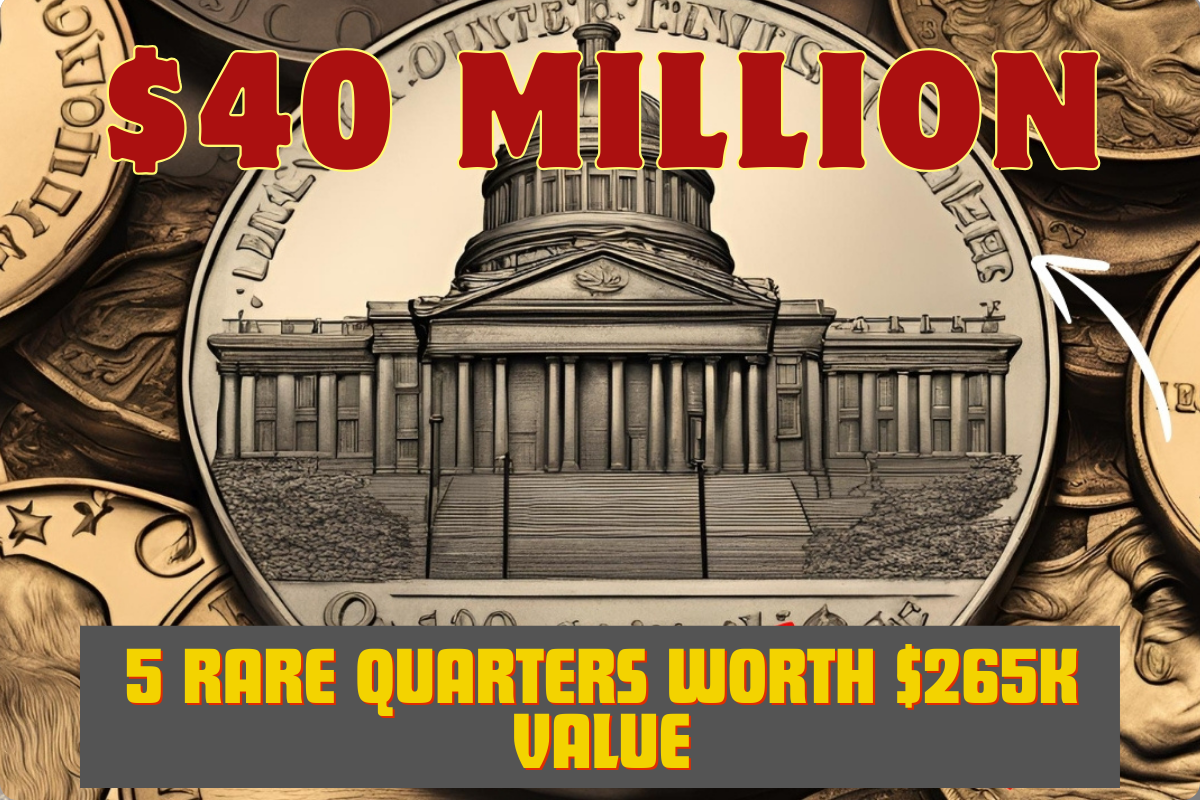When you hear the term “Bicentennial Bonanza,” what comes to mind? For many coin collectors and enthusiasts, it conjures up visions of rare and valuable quarters worth a small fortune. In fact, the Bicentennial quarters, produced in 1976 to commemorate the 200th anniversary of America’s independence, have a unique place in numismatic history.
Some of these coins are not just ordinary quarters; they’re considered rare treasures, with values soaring to astonishing heights. So, let’s delve into the fascinating world of the Bicentennial Bonanza and uncover the secrets behind these remarkable coins.
The Bicentennial Quarter: A Quick Overview
The United States Mint struck the Bicentennial quarters in 1976, featuring a unique design that celebrated the nation’s 200th birthday. For the first time, a dual design was used; one side displays a depiction of George Washington, while the reverse showcases a drummer boy—a symbol of patriotism. This distinctive two-sided design instantly attracted collectors, igniting what we now refer to as the Bicentennial Bonanza.
Why Are They So Valuable?
You might wonder, what makes some Bicentennial quarters worth so much? Well, rarity plays a significant role here. Every coin has a minting number, and some years saw limited production. Moreover, the condition of the coin, graded on a scale from Good to Mint State, greatly influences its market value. Coins in perfect condition, often classified as MS-65 or higher, can fetch staggering prices.
Top 5 Rare Bicentennial Quarters Worth $265K
Among the various Bicentennial quarters, five rare gems stand out, collectively having a staggering value of around $265,000. Let’s take a closer look!
1. 1976-S Proof Quarter
Originally minted for collectors, the 1976-S Proof Quarter offers a shiny finish and pristine details. In mint condition, it can sell for upwards of $1,500. Who wouldn’t want a piece of history like that?
2. 1976 D Quarter with a Double Die Reverse
This coin is a true collector’s delight, showcasing a noticeable error in the minting process. It adds rarity, further increasing its value—often reaching $8,000 or more!
3. 1976-D Quarter
While not as rare as its counterparts, a 1976-D Quarter in exceptional condition can yield around $2,000. Surface looks can be deceiving; sometimes, it’s worth going for that extra shine!
4. 1976-S Type 1 Quarter
With slightly different design features than standard S quarters, these Type 1 pieces are highly sought after, possibly selling for as much as $5,000!
5. 1976-S Type 2 Quarter
Similar to the Type 1, the Type 2 has distinct characteristics that collectors love. If you can score one in superb condition, watch out; it might just be your lucky day, potentially fetching $10,000 or more.
How to Spot a Rare Bicentennial Quarter
Let’s be real: how can you tell if you have a goldmine or just a few shiny quarters? First, pay attention to the mint mark. The “D” signifies it was minted in Denver, while “S” indicates San Francisco. Then, look for signs of wear and tear. If it’s got scratches, well, that’s less appealing. Lastly, consider having it graded by a professional. An expert’s opinion can make or break its market value!
Conclusion
In summary, the Bicentennial Bonanza offers an exciting and potentially profitable journey into the world of rare quarters. With values reaching incredible heights, it’s no wonder that collectors and investors alike are eager to get their hands on these unique monetary pieces. Remember, the key is understanding the factors that contribute to rarity and value. Happy hunting!
FAQs
1. What are Bicentennial quarters made of?
Bicentennial quarters are composed of a clad layer, which includes a mixture of copper and nickel.
2. Why are some Bicentennial quarters worth more than others?
Their value varies due to factors like rarity, condition, and mint mark, with some being exceedingly scarce.
3. How can I tell if my Bicentennial quarter is rare?
Check for mint marks, inspect its condition, and compare it with known rare versions for verification.
4. Are Bicentennial quarters still in circulation?
Yes, some may still be in circulation, but the ones in good condition are rare and often collected.
5. Where can I sell my rare Bicentennial quarters?
You can sell them through numismatic dealers, online auction sites, or specialized coin shows.
